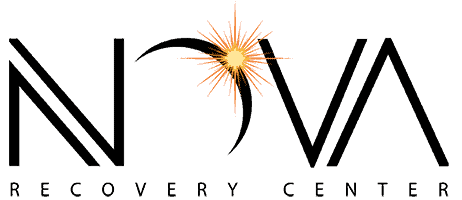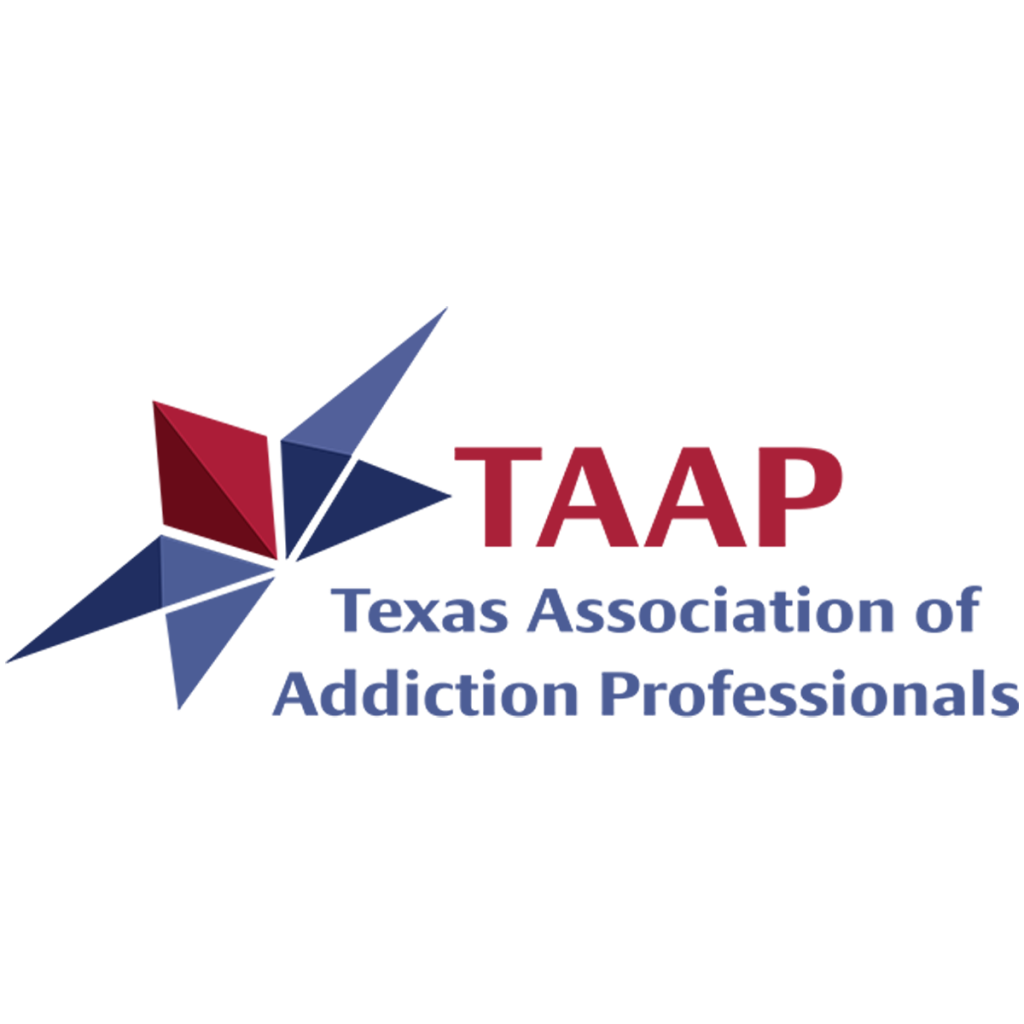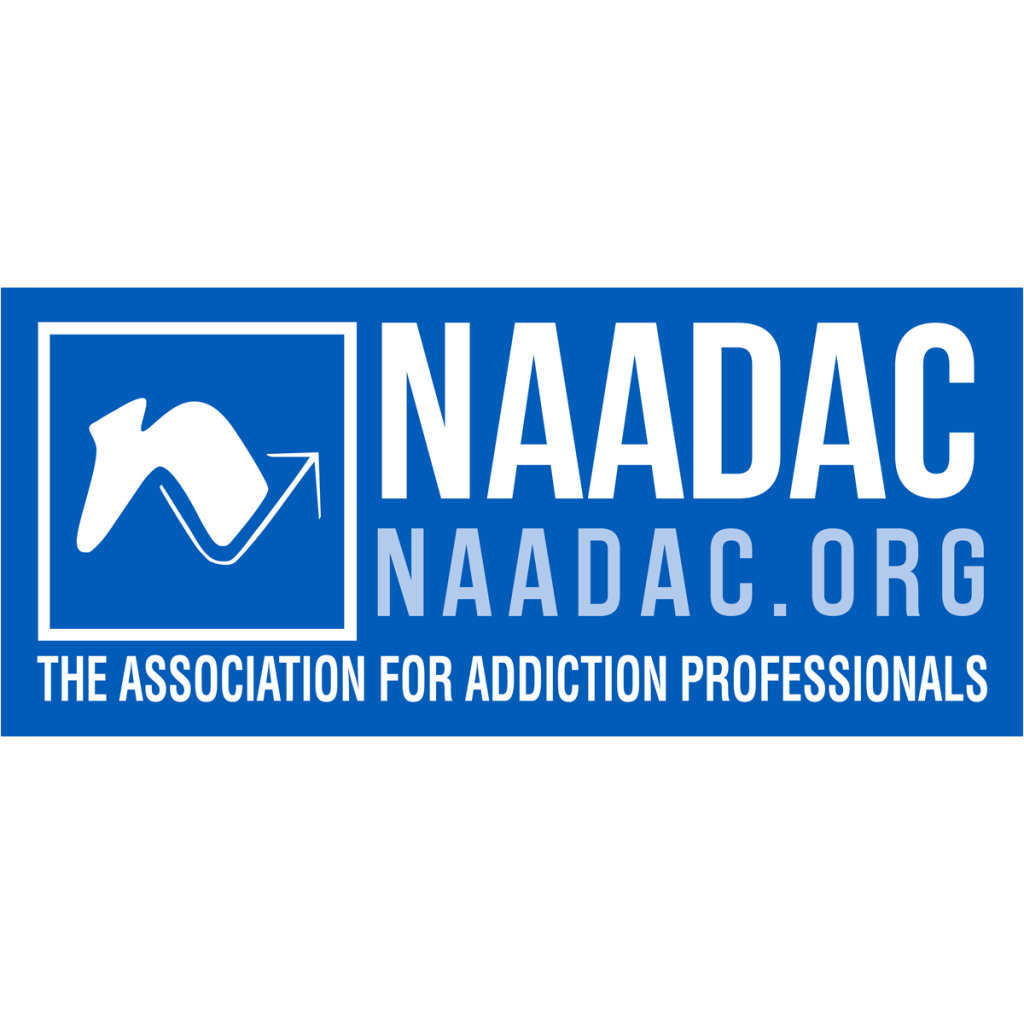Updated on October 28th, 2020

Table of contents
The decision to go to rehab is an important one and it requires a lot of thought and consideration. Along with considering the cost of rehab and the location, one of many factors most people consider when choosing a rehab program is the duration of treatment. So, how long is drug rehab?
At Nova Recovery Center, our drug rehab is a 90-day program and we offer a complete continuum of care that provides individualized treatment throughout each step of the recovery process. However, it’s also important to know that there are other options out there. Ultimately, the best type of program is the one that most effectively meets your needs.
What Are the Stages of Addiction Treatment?
There are several different stages of drug rehab that offer varying levels of structure, support, and programming. Although some of these episodes of treatment last longer than the others, they are each intentionally designed to accommodate a wide range of patients and their unique treatment needs.
If you or a loved one is going to rehab for addiction, your treatment team or doctor may recommend participating in some or all of the following stages of addiction treatment.
Medical Detox
Medically-assisted detox (usually just called “detox”) is often the first stage of addiction treatment. Not only is it essential to the process of recovery, but it’s also the best way to get mind-altering substances out of the body. This allows clients to start treatment in a sober and stable state.
During detox, patients undergo withdrawal from various substances and are monitored by a team of doctors, nurses, and clinical counselors to ensure their safety, comfort, and overall well-being during the process. Drug and alcohol withdrawal can be very uncomfortable and even dangerous in some instances. So, having round-the-clock supervision and medical treatment is ideal.
Depending on the person and the severity of his or her addiction, detox can last anywhere from a few days to about two weeks. Most often, detox takes about 5-7 days. However, once detox is complete, the person can move on to a therapeutic stage of addiction treatment.
Although individuals are never forced to enroll in rehab after they complete detox, it is a wise decision, especially if they have struggled with substance abuse problems in the past. Many of these issues are a result of psychological and behavioral issues, as well as co-occurring disorders that need to be addressed and treatment for the person to sustain long-lasting sobriety.
Continuing addiction treatment with some form of rehab after detox is a great way to make behavioral changes, gain life skills, and sustain long-term sobriety.
Residential Rehab
Residential rehab is ideal for people who are struggling with severe substance use disorders, have a history of chronic relapse, or who need more intensive therapy due to co-occurring conditions and mental health issues. If you enroll in residential rehab, you will live at the drug rehab center throughout your treatment and you’ll have limited access to outsiders. However, visitors are typically allowed during specific hours or on certain days.
Depending on the type of residential program you choose, your treatment could take anywhere from 30 to 90 days or more. During this time, you’ll complete an addiction treatment program that is likely to include research-based addiction treatment methods such as:
- Individual therapy sessions
- Group therapy sessions
- Family therapy sessions and programs
- Specialized therapies like music therapy, art therapy, or pet-assisted therapy
- 12-Step meetings and activities
- Educational lectures
Intensive Outpatient Program (IOP)
Whether you complete residential rehab first or jump right into it after completing a medical detox program, an Intensive Outpatient Program (IOP) is often the next natural step in the addiction treatment process.
IOP can last anywhere from a few weeks to six months or so. If you enroll in IOP, you’ll live at home or at a sober living home and go to the treatment center several times a week. You’ll spend several hours each day in treatment at the facility, so although you may choose to work part-time or go to school, your schedule and availability will likely be dictated by IOP.
If you start your treatment journey in detox and then complete a 90-day residential rehab program followed by six months of IOP, your total amount of time in treatment will be nearly a year. However, this is very common, especially for people who require more intensive treatment. It’s also important to keep in mind that addiction is a chronic relapsing disease that requires ongoing treatment and maintenance, much like other chronic diseases. There is no single “cure” and recovery is a process, often filled with ups and downs.
Outpatient Rehab
Many people want or need further treatment after they complete higher levels of care, such as residential rehab or IOP. In these instances, outpatient treatment is an ideal solution. Depending on your needs, you’ll spend more or less time in outpatient rehab. Outpatient programs can also vary greatly, in that they may last just a few weeks or more than a year.
Much like with IOP, you will go to the rehab facility every week but your time spent in therapy each day will be less than what it was with IOP. Therefore, if you want to hold down a full-time job, continue your education, or maintain other responsibilities at home, you have more availability to do so.
Extended Care Programs for Addiction
After completing the above stages of addiction treatment, many people also choose to continue receiving support while they return home and adjust to long-term sobriety. Extended care programs vary greatly and can provide different amounts of structure depending on what you need.
- Sober living homes provide an immersive, sober group living home for people in recovery. They are gender-specific homes that offer private or shared rooms, community living spaces, and all the things one needs to feel safe and comfortable at home, including kitchen appliances, washers and dryers, and comfortable furniture and activities. Residents of sober living homes are required to maintain their sobriety and adhere to the rules and regulations of the group home. Payment is made monthly, much like rent.
- Aftercare groups are ideal for people who have established a life in recovery but are going through a transitional stage of life that is causing extra stress or risk for relapse. Examples could include finalizing a divorce, moving to a new state, or losing a loved one. Aftercare meetings occur weekly at a rehab facility and are led by a clinical counselor, recovery specialist, or another type of addiction treatment specialist.
Peer recover programs offer certified peer recovery support services, including weekly and bi-weekly support sessions, 24/7 access to live recovery support services, and family support.
Common Types of Drug Rehab Programs
Most often, the addiction treatment process occurs in several different episodes, such as detox, rehab, sober living, and aftercare services. The most common types of drug rehab programs are:
- 30-day drug rehab programs
- 60-day drug rehab programs
- 90-day drug rehab programs
There are pros and cons to all three, but the official recommendation from the National Institute on Drug Abuse (NIDA) is that addiction treatment should last at least 90 days, and anything less is of limited effectiveness.1 In short, the longer the treatment, the higher the chance of sustained long-term sobriety.
That’s not to say that a 30-day or 60-day drug rehab program won’t work, but research shows good outcomes are contingent on adequate treatment length. Most people need at least 90 days of continuous treatment to maintain positive outcomes.2
Establishing Realistic Expectations for Drug Rehab
If you or a loved one is enrolling in a drug rehab program, it’s essential that you must have realistic expectations for drug rehab and the treatment process. Here are three important things to keep in mind.
- Recovery from addiction is a highly individualized process. Your treatment results are largely based on what you put into it and long-term sobriety is never guaranteed, regardless of treatment length. As a result, the duration of drug rehab varies on a case-by-case basis and you may even end up needing treatment for longer than you anticipated.
- The treatment process is fluid. This means your addiction treatment program will change with your ongoing needs. Consequently, you and your loved ones must remain open to the process, keeping in mind that things won’t always be black and white.
- Recognizing your limitations will help you make wise treatment decisions. If you are considering several different drug rehab options, you may also want to recognize any limitations you have, such as financial ability, health insurance benefits, time, or the type of drug rehab programs available in your area if you are unable to travel for treatment.
With these things in mind, here are some of the pros and cons of 30, 60, and 90-day drug rehab programs.
Pros and Cons of a 90-day Rehab Program
| PROS | CONS |
|
|
Pros and Cons of 30-day and 60-Day Rehab Programs
| PROS | CONS |
|
|
Why Longer Addiction Treatment Programs Are Preferred
Longer addiction treatment programs are typically preferred by addiction experts and treatment professionals for several reasons:
- Long-term rehab provides more time to make behavioral changes that produce lasting, positive change.
- Long-term rehab offers continuous care and support for newly sober individuals.
- Long-term rehab keeps clients away from negative influences for a longer period of time.
- Research studies support the idea that long-term rehab results in fewer relapses and more continuous abstinence from drugs and alcohol.
How Long Will I Be In Rehab?
The duration of time you spend in rehab will vary depending on several factors:
- The severity of your addiction
- Your history of substance abuse and relapse
- Your specific treatment needs
- Your level of commitment to the program
If you want to get a better idea of how long you can expect to be in rehab, you can speak with an admissions representative or addiction treatment specialist. These individuals can complete an assessment with you that will help them determine what type of treatment would be best for you and how long that may take.
Addiction Treatment With Nova Recovery Center
Addiction is a complex disease and the treatment process may take several months or years. However, investing the time and financial resources required to complete a 90-day program may be more beneficial for you in the long-run.
If you’d like to learn more about Nova Recovery Center’s 90-day drug rehab program and individualized continuum of care, please call (512) 605-2955 to speak with our admissions team today.
References:
- https://www.drugabuse.gov/publications/teaching-packets/understanding-drug-abuse-addiction/section-iii/6-duration-treatment
- https://www.drugabuse.gov/publications/principles-drug-addiction-treatment-research-based-guide-third-edition/frequently-asked-questions/how-long-does-drug-addiction-treatment
- http://articles.latimes.com/2008/nov/10/health/he-addiction10





